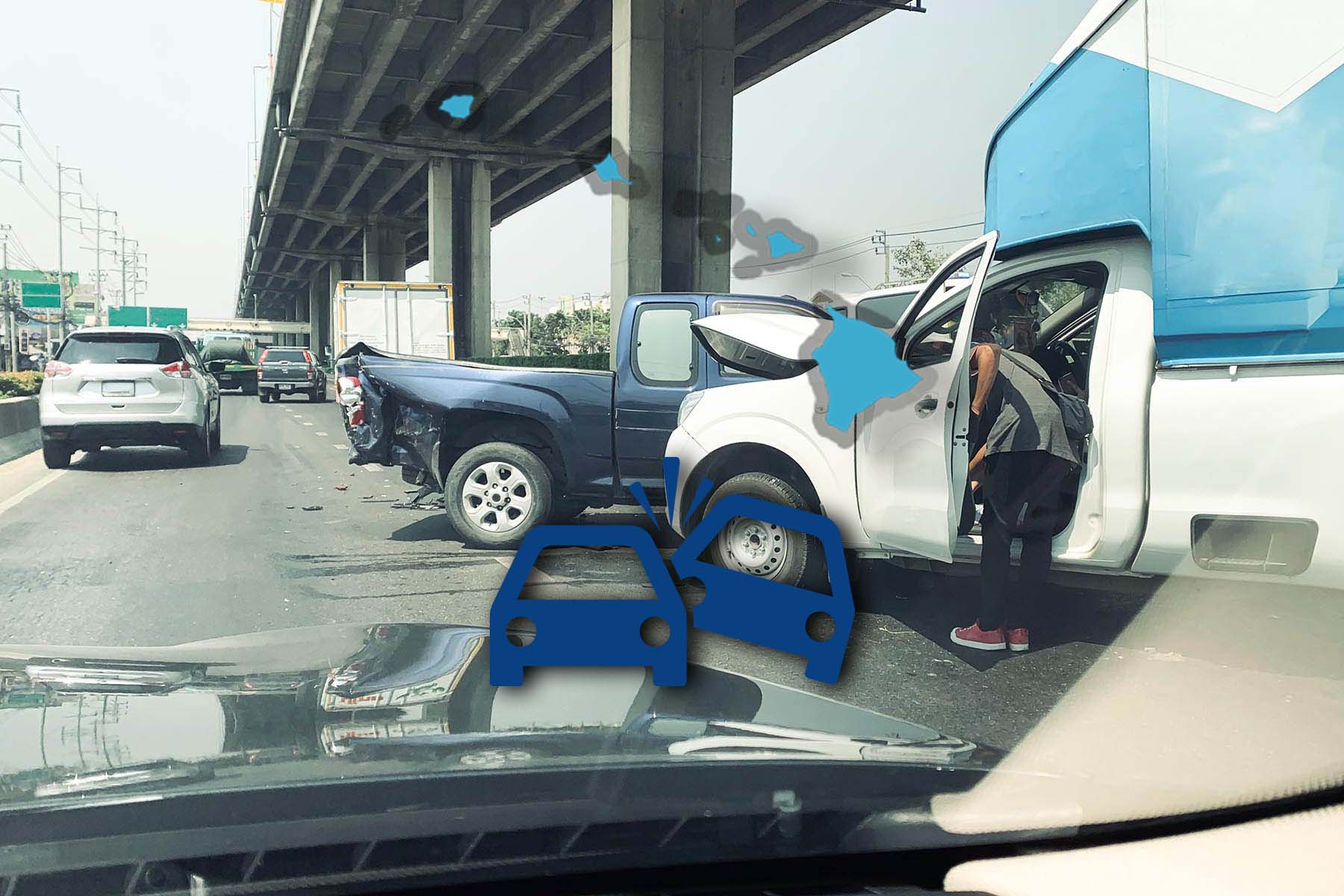
Hawaii hit and run laws: What happens if you leave the scene of an accident without rendering reasonable assistance?
- Hawaii hit and run laws: What happens if you leave the scene of an accident without rendering reasonable assistance?
- Hawaii hit and run laws 291C-12.6 to 219C-13 Explained
- What is the penalty for a hit and run with no injuries in Hawaii?
- What to do after a hit and run in Hawaii
- How is fault determined in Hawaii?
- What if the fleeing driver is a teenager?
- What is the statute of limitations on hit and runs in Hawaii?
- What evidence is needed to convict a hit and run?
- Hawaii hit and run defenses
291C-13, Hawaii hit and run law, requires you to stop and aid any injured person after an accident. Failure to stop is a misdemeanor or felony.
Quick take:
- An accident becomes a felony or misdemeanor if the driver flees the scene.
- Offering aid or reasonable assistance to victims is a legal requirement.
- You may leave the scene of an accident if you fear for your safety.
- Teens in Hawaii may face trial in adult court if the accident results in death or serious injury.
- Do not accept fault at the scene of the accident.
References
Hawaii hit and run laws 291C-12.6 to 219C-13 Explained
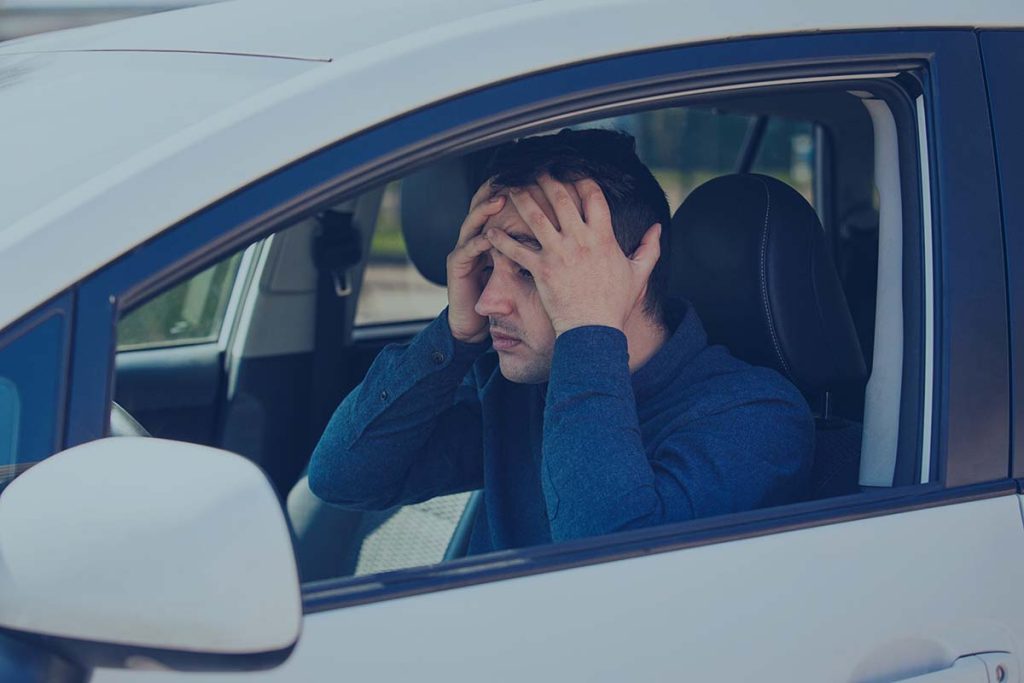
As mentioned, whenever you are involved in an accident in Hawaii, state law requires you to immediately stop the vehicle at the scene or as close to it as you can without interfering with the normal flow of traffic. The statute further requires you to remain at the scene until law enforcement officers arrive or until you fulfill the following requirements.
2914-14 your legal obligations at the scene of an accident in Hawaii
Section 2914-14, Hawaii hit and run law states that the driver of a vehicle involved in a traffic collision must fulfill the following requirements before leaving the scene:
- Give your name, address, and contact information to the victim, the person attending to the vehicle, a passenger of the struck vehicle, or law enforcement.
- Upon request, you must exhibit your driver’s license to the person struck or law enforcement.
- Render reasonable assistance to anyone who needs it at the scene.
What if there is no law enforcement officer available at the scene?
Hawaii hit and run laws require you to report the incident at the nearest law enforcement office. While reporting, you must submit your name, license, and contact information.
Hit and run -no injuries in Hawaii
Note that in Hawaii. A hit-and-run becomes a crime if the driver flees the scene without fulfilling the requirements above. If the incident only results in property damage, the fleeing driver is guilty of a misdemeanor.
What if you cannot reach the vehicle owner?
If you cannot locate or notify the struck vehicle or property owner, section 291C-15 says quote,
“Attach securely in a conspicuous place in or on such vehicle or other property a written notice giving the driver’s name, address, and the registration number of the vehicle the driver is driving and shall without unnecessary delay notify the nearest police office. Every such stop shall be made without obstructing traffic more than is necessary. For any violation under this section, a surcharge of up to $100 may be imposed, in addition to other penalties, which shall be deposited into the trauma system special fund.”
What is the penalty for a hit and run with no injuries in Hawaii?
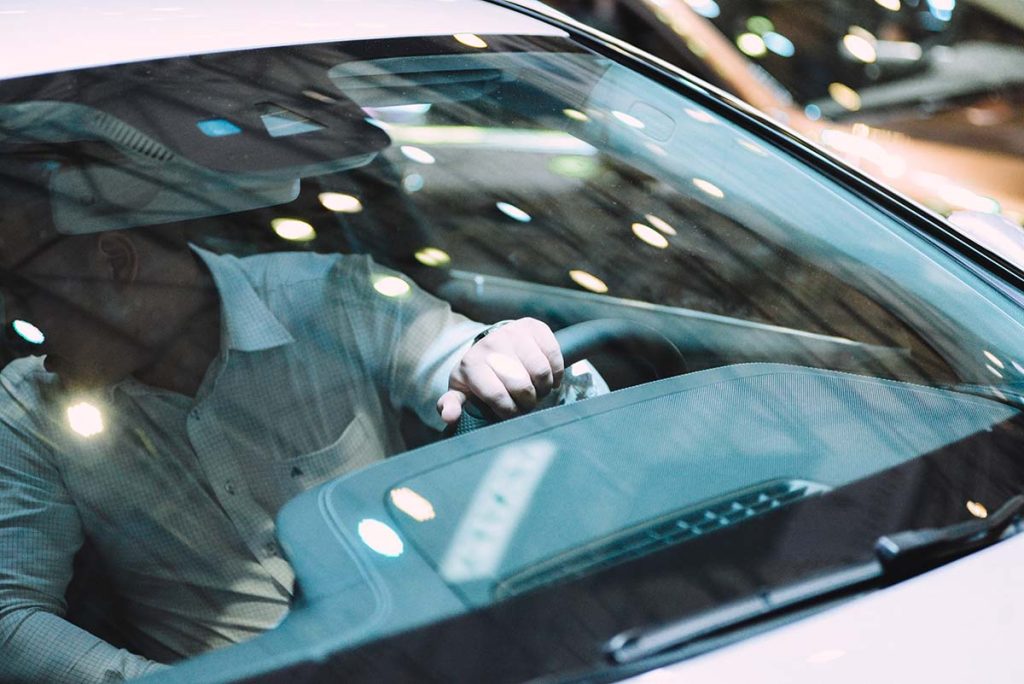
291C-13 reads in part, quote,
“For any violation under this section, a surcharge of up to $100 may be imposed, in addition to other penalties, which shall be deposited into the trauma system special fund.”
Hawaii hit and run laws: injury or death
Under state statute 219C-12.6, Accidents involving bodily injury, fleeing the scene of an accident is a misdemeanor if the victim suffers injury. The punishment is up to one year in prison and a maximum fine of $2000.
What is the penalty for leaving the scene of an accident in Hawaii?
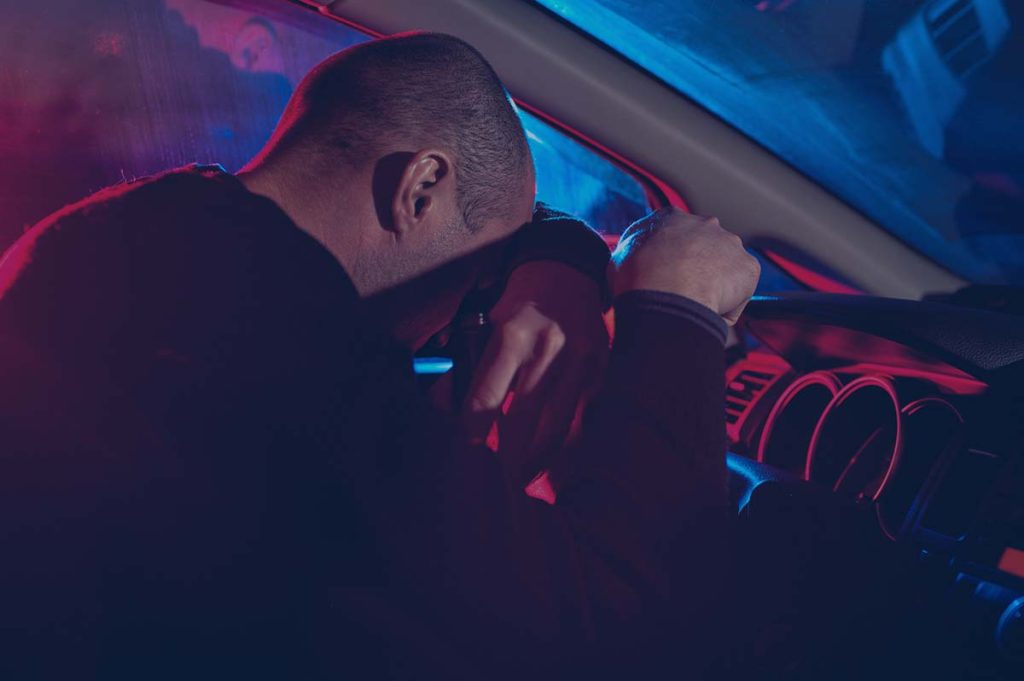
Note that the resulting damage and circumstances leading up to the accident will determine the penalty.
Consequently, if you leave the scene of an accident in Hawaii, the penalties are:
- Unattended/occupied vehicle or property: $100 fine.
- Minor injuries: A misdemeanor punishable by up to one year in prison and a $2000 fine.
- Substantial bodily injury: Class C felony punishable by up to five years in prison and a $10000 fine.
- Serious bodily injury or death: Class B felony punishable by up to ten years in prison and a $50000 fine.
What to do after a hit and run in Hawaii
If you are the victim of a hit and run in Hawaii, there are several things you should do immediately after the accident. The first step is to collect as much information as possible from the other driver. Remember, the law requires any driver involved in an accident to exchange information with the victim. If they run, the individual is guilty of a felony or misdemeanor, depending on the damage done.
Should I give chase?
No. Remain at the scene and immediately call 911. Remember, the faster you act, the higher the likelihood of arresting the fleeing driver.
Helpful information you may collect at the scene include:
- The color and make of the fleeing vehicle.
- Driver’s description.
- License plates.
- Witness contact information.
If anyone is injured, you have a legal obligation to render aid to that person. Therefore, call emergency services immediately.
Contact your attorney and do not admit fault
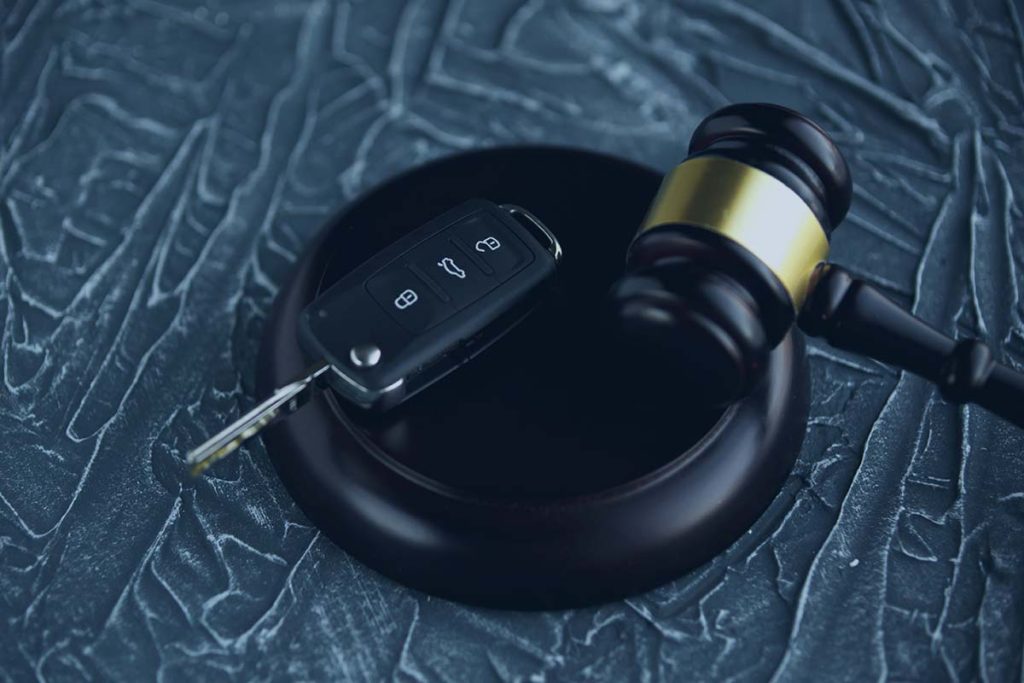
If you feel that you were at fault for the accident, do not apologize or admit fault. Admitting fault will impact your insurance premiums and may deny you compensation. Remember, investigators will determine fault, not you. That prompts the question.
How is fault determined in Hawaii?
Hawaii is a No-Fault state. Because of that, you must file a claim under your injury protection coverage after an accident to get compensation for medical and other expenses. Consequently, after an accident, you should contact your attorney before calling your insurer. When talking to your insurer, do not accept fault or say anything that may indicate that the accident was your fault.
Note: Hawaii’s “comparative negligence rule” allows claimants to recover compensation if their level of responsibility for the accident is lower than the other party involved. For example, if you are 60% responsible for the accident, you are not eligible for compensation.
Hawaii hit and run laws 291C-12.6 to 219C-13 what to remember:
- You must stop at the scene of an accident without obstructing traffic more than is necessary.
- A hit-and-run in Hawaii becomes a felony if the victim dies or suffers a serious injury.
- Fleeing the scene of an accident will impact your insurance premiums (high-risk driver).
What if the fleeing driver is a teenager?
Depending on the accident’s severity, the teen may face trial in the juvenile system or adult court. For example, if a teen commits a crime, that would be a felony if committed by an adult, such as vehicular manslaughter or homicide. Therefore, the teen may face trial in adult court.
Because of that, if a teen under your care was involved in a hit and run, you must contact a defense attorney immediately and report the incident to law enforcement within ten days.
What is the statute of limitations on hit and runs in Hawaii?
In Hawaii, you have two years to take civil action starting from the time of the incident.
291C-16: Immediate notice of an accident
Note that if a car accident results in death or injury or if the damage done surpasses $3000. Section 219C-16 requires the driver to contact law enforcement immediately. Failure to do so is a punishable offense.
What evidence is needed to convict a hit and run?
Prosecutors in Hawaii must prove that the accused drove the vehicle, the vehicle was involved in an accident, and the driver knowingly left the scene.
Hawaii hit and run defenses
Your defense will depend on the facts presented, meaning it is advisable to consult with a defense attorney immediately. That said, defenses commonly used in Hawaii include:
- You feared for your safety.
- The accident did not result in injury, death, or property damage.
- You were not driving the vehicle.
- You did not willfully leave the scene.
Other Hawaii Laws